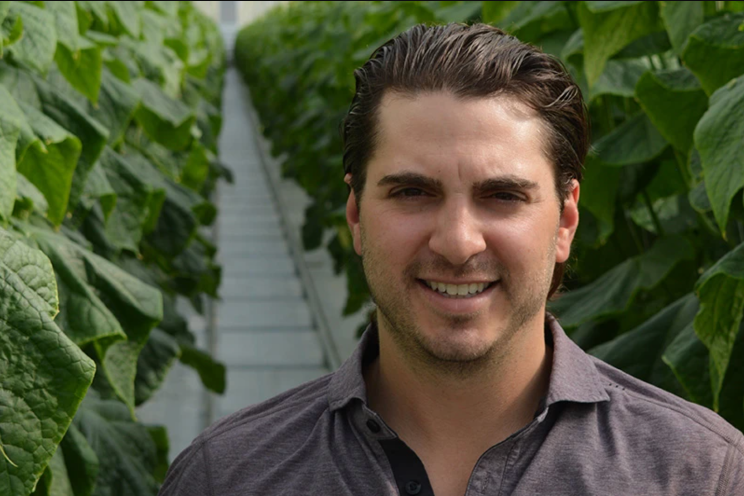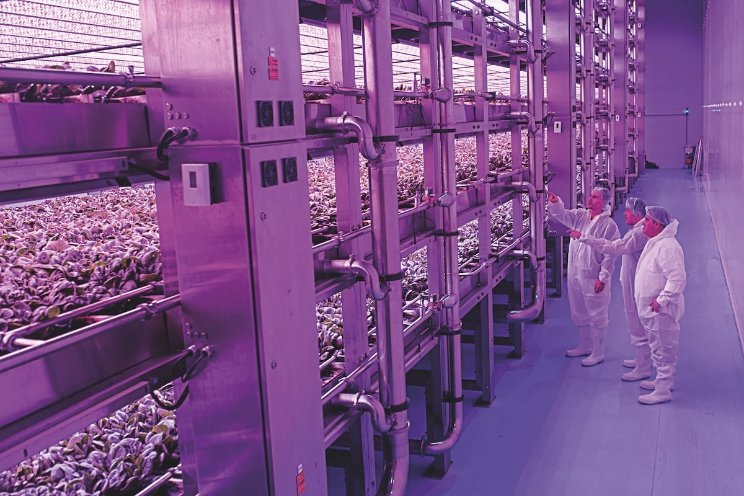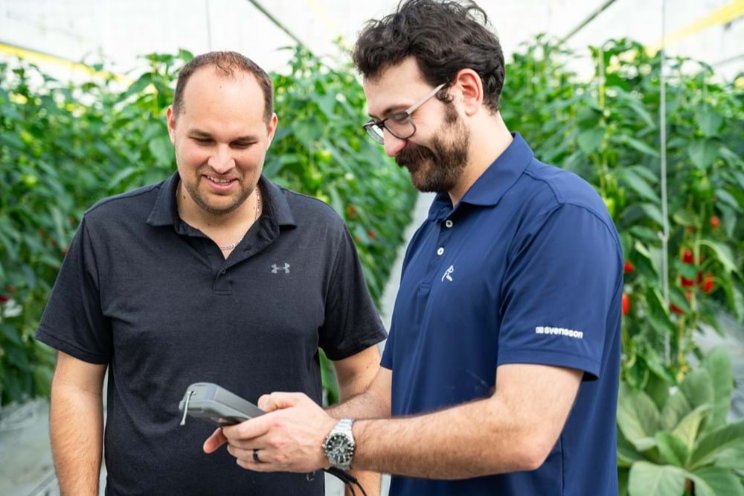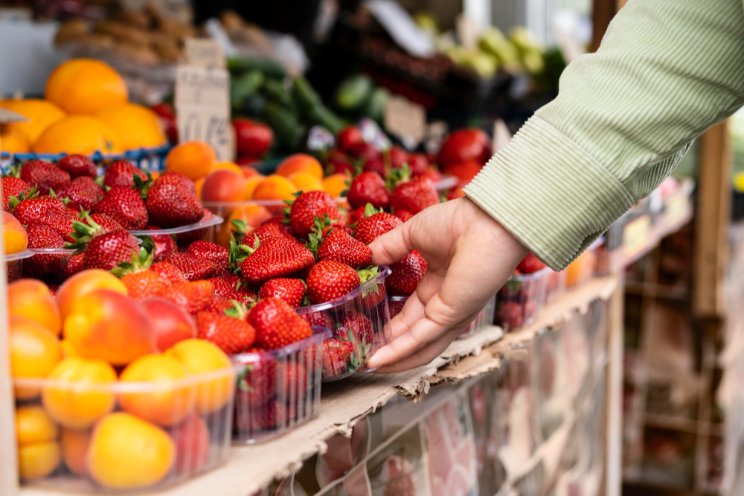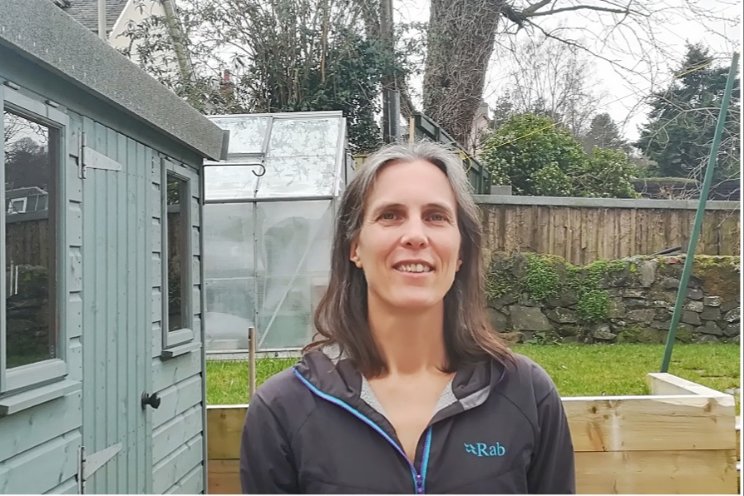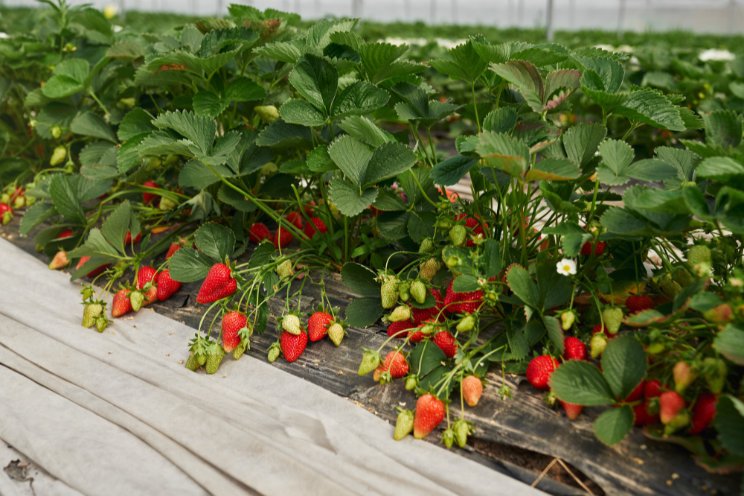Can the cannabis industry go fully green?
Added on 27 September 2024
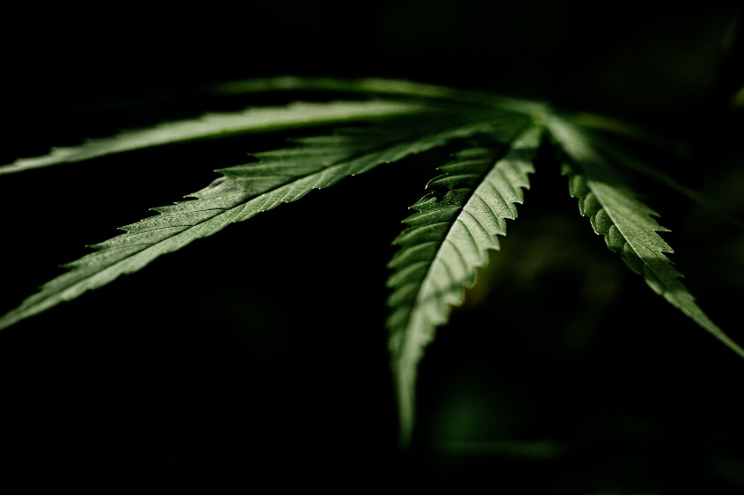
While the cannabis industry is booming, it’s time to ask: can it truly go green? Is it possible for cannabis producers to achieve net-zero carbon emissions and, most importantly, will the cannabis industry be forced to go fully green in the near future ? In this piece, we will delve into the “CCC”, examining the energy intensive nature of indoor growing, exploring how renewable energy can offer a path to sustainability and weighing whether the industry can effectively offset the toll it takes on the environment.
Indoor Cultivation : A Double Edged Sword
Indoor cannabis cultivation is notorious for being energy intensive, primarily due to the need for artificial lighting, climate control and dehumidification. Cannabis plants require specific conditions to thrive, and when grown indoors, all these environmental factors must be carefully regulated, leading to significant energy consumption.
According to New Frontier Data, the U.S. cannabis industry consumed 4.2 million megawatt-hours (MWh) of electricity to produce 16.4 million pounds of cannabis in 2017. Indoor growing alone accounts for a substantial portion of this figure, as it takes, on average, 1.27 kilowatt-hours (kWh) of electricity to produce just one gram of cannabis indoors.
One of the primary contributors to this high energy usage is lighting. Cannabis plants require intense light for photosynthesis, particularly during the flowering stage, which can last up to 12 weeks. For indoor growers, this means running high-intensity lights for up to 18-24 hours a day. High pressure sodium (HPS) lights, one of the most basic lighting systems used for a large scale operation, consume vast amounts of electricity but are preferred for their effectiveness in promoting plant growth.
Although their increased capacity is preferred by many businesses, this effectiveness comes with a considerable toll : lighting demand for indoor cannabis cultivation is said to be 70 times more energy intensive than the lighting needs of a typical commercial office building. In addition to the energy required to power the lights, the heat generated by these lamps increases the need for additional cooling, which further drives up energy use. New Frontier Data’s 2018 Cannabis Carbon Footprint Report highlights that indoor cannabis cultivation using HPS lights consumes 1.27 kWh per gram of cannabis produced, far higher than outdoor or greenhouse cultivation.
A Greener Alternative
The report also delves into the growing adoption of LED lighting within the American market as an energy-efficient alternative to HPS. LEDs are more efficient in terms of energy use and have a significantly lower heat output, which reduces the strain on HVAC systems.
The data shows that cannabis operations using LED lighting achieve an average of 1.4 grams of cannabis per kWh - more than double the efficiency of HPS systems, which produce only 0.6 grams per kWh . Despite these advantages, LED lights accounted for less than 10% of the market, as some growers remain hesitant due to perceptions of inferior performance in earlier versions of LED technology. Unlike traditional High Pressure Sodium (HPS) lights, which are energy intensive and generate excessive heat, LEDs can be fine tuned to emit specific light spectra that are optimal for different growth stages, boosting plant efficiency with less energy. One of the major benefits of LED lights is that they produce less heat, which reduces the load on HVAC systems used to regulate indoor climates, further lowering overall energy consumption. LEDs also allow for vertical stacking in grow rooms, maximizing space without overheating the plants. While LEDs offer clear advantages, their higher upfront costs and early technological limitations made some growers hesitant to adopt them, and despite their energy savings, the installation costs can still be prohibitive for small scale growers. Nonetheless, as technology advances, LEDs are becoming a cornerstone in the drive for more sustainable cannabis cultivation.
A New Lighting Age
Cannabis Business Times’ “2023 State of the Cannabis Lighting Market” has revealed a dramatic shift within the industry. LED lighting, once a niche technology, now dominates the cannabis cultivation space, with over 70% of U.S. growers using LEDs in the vegetative and flowering stages. This represents a staggering transformation from just a few years ago, where High-Pressure Sodium (HPS) lights reigned supreme. Back in 2016, only 17% of growers used LEDs in vegetation, but in 2023, that figure soared to 76%. In flowering stages, the shift was even more pronounced, with 73% of growers now relying on LED technology, up from just 15% in 2016.
This rise of LED adoption can be attributed to several key benefits, primarily its energy efficiency and low heat output, which reduces strain on HVAC systems. In an industry where energy costs can skyrocket, LEDs offer a crucial advantage by significantly lowering power consumption. And it's not just about saving money: 80% of growers reported that LEDs improve crop quality. However, despite these advantages, barriers remain. The upfront cost of installing LED systems, combined with long payback periods, continues to deter some cultivators. In fact, 44% of growers have explored utility rebate programs to help offset the costs, but over half of respondents have yet to take advantage of these programs—an underutilized opportunity in the face of rising energy prices.
Europe
In Europe, the adoption of LED lighting in the cannabis industry is steadily growing, although the data specific to cannabis is less readily available than in the U.S. However, overall trends in the European LED lighting market suggest a strong move toward energy-efficient solutions across various sectors, including horticulture. The Europe LED lighting market was valued at $22.5 billion in 2023 and is expected to grow at a CAGR of 9.63% through 2032, driven by increasing awareness of energy efficiency and environmentally friendly attributes.
Governments across Europe are promoting energy-efficient solutions, incentivizing the replacement of traditional lighting methods, and this includes sectors like cannabis cultivation where energy consumption is high. Horticultural applications of LEDs, such as the use of OSRAM’s horticulture LED lighting, have been gaining popularity, especially as European regulations push industries to reduce their carbon footprints.
The European Green Deal is the EU’s overarching strategy aimed at making Europe climate neutral by 2050, and it includes ambitious targets to reduce greenhouse gas emissions by 55% by 2030. This directly impacts cannabis entrepreneurs, especially those involved in cultivation, as it pushes industries to reduce their environmental footprint and adopt more sustainable practices.
One of the key aspects of the Green Deal is reducing energy consumption across industries, which includes the adoption of energy-efficient technologies like LED lighting. Cannabis cultivation, particularly indoor growing, is known for being energy-intensive due to the use of artificial lights, HVAC systems, and dehumidification. Under the Green Deal, there could be future regulations that mandate the use of energy-efficient systems in high-energy industries like cannabis cultivation.
If you're still using traditional High-Pressure Sodium (HPS) lighting, transitioning to LEDs may not just be a cost-saving measure, it could become a regulatory requirement. The Fit for 55 Package includes several initiatives that could enforce energy efficiency standards across all industries. One of those initiatives promotes the transition to renewable energy sources and encourages improvements in energy efficiency across all sectors, including agriculture, transport, industry, construction and, you guessed it, cannabis production.
In an industry that has traditionally been slow to evolve, this push for sustainability on both sides of the Atlantic ocean could be the next major disruption. The days of choosing between profit margins and environmental responsibility may soon be over, as future legislation steps in to enforce what the market alone has not.
By DANIEL CUIREA
More news

